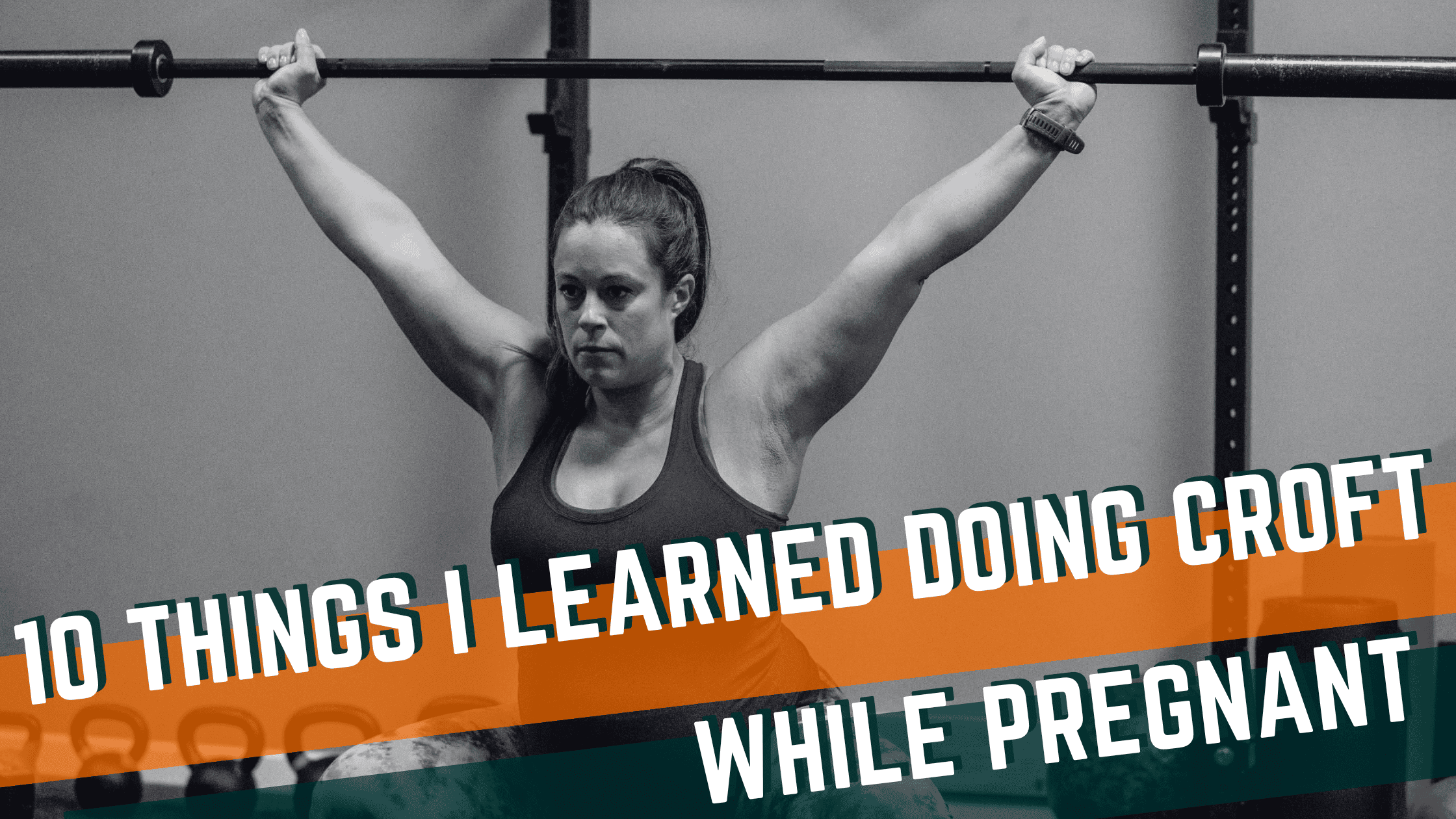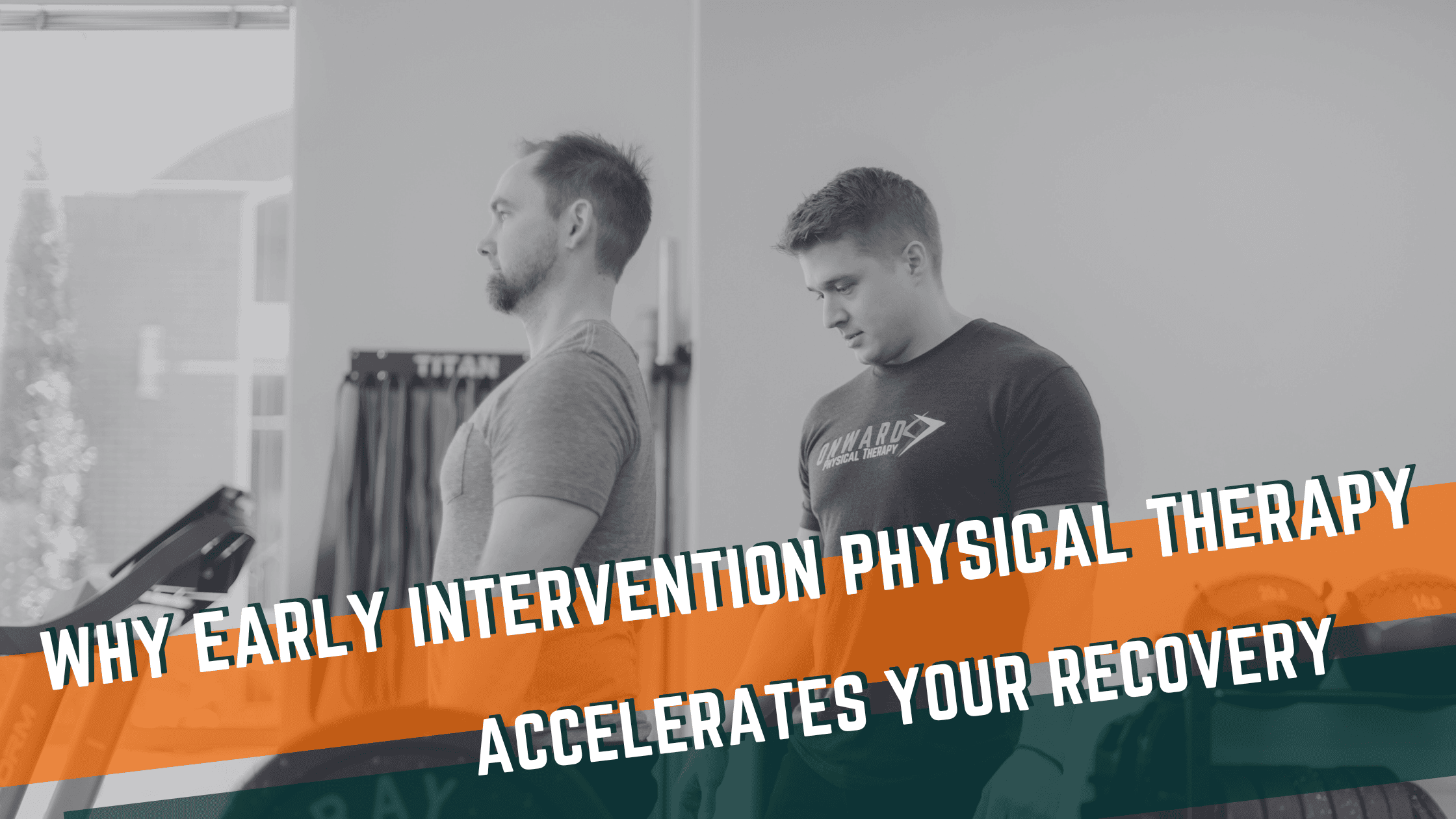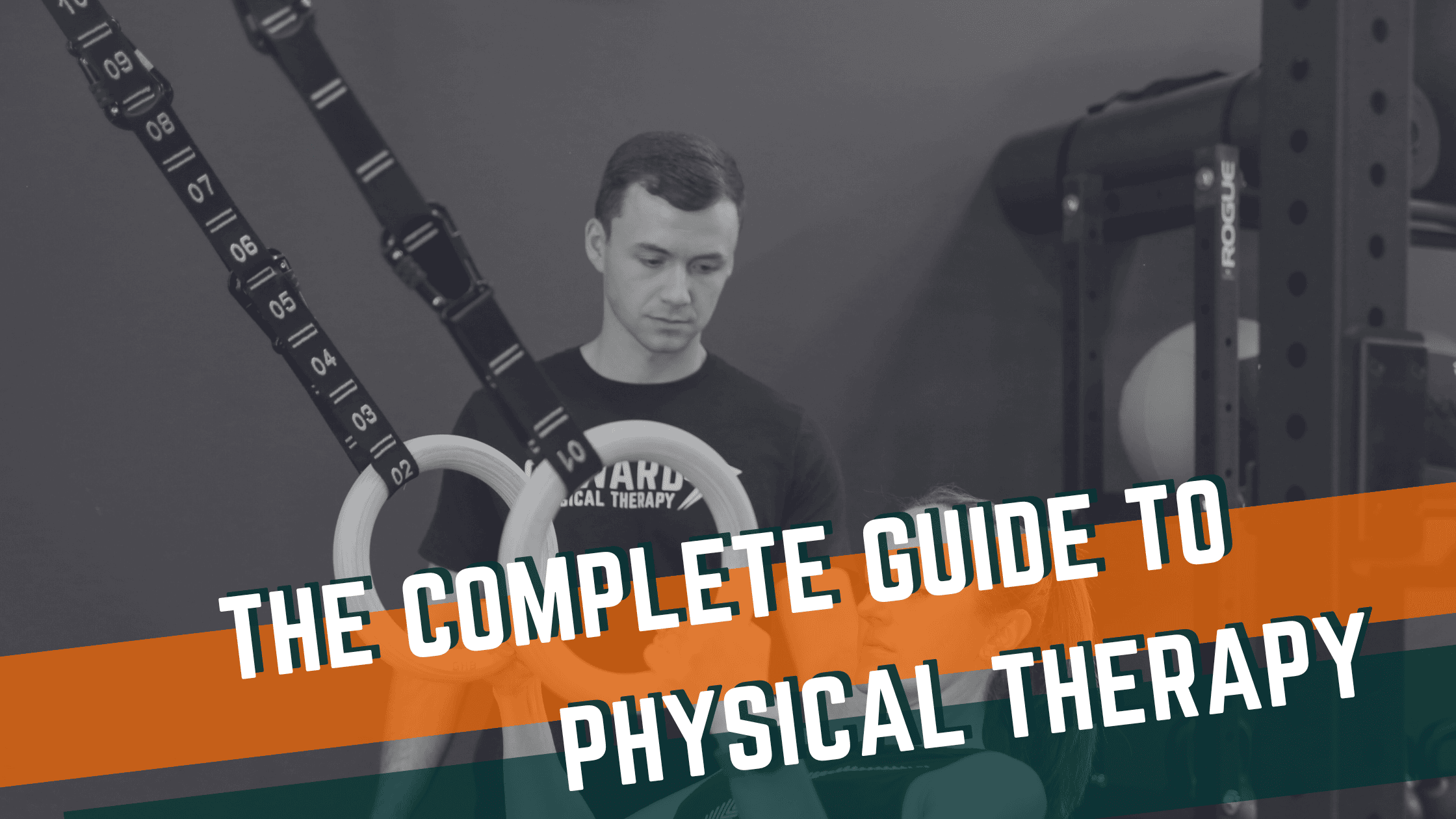
As I enter my 7th month of being postpartum with my son, it is interesting to reflect on my pregnancy journey. Part of my physical therapy practice includes guiding pregnant and postpartum moms as they navigate their fitness through a new season of life. It has been interesting to experience the healthcare system and explore the recommendations I have made as a pelvic floor physical therapist to my patients.
My hope is that this serves to empower you to do your own research, stay in tune with your body, and feel capable and resilient during your pregnancy journey.
1.) Scaling still offers a wonderful opportunity to achieve the intended stimulus
The first trimester left me feeling quite tired on most days and I dropped my usual 5 days of CrossFit per week to about 2-3 days/week. I focused on walking and doing things that felt good to my body. When the second trimester rolled around, my energy started to return, and I felt capable of building my volume back to where I was previously. I noticed that I felt a little more winded during workouts and the gymnastic movements felt less efficient due to the 5-10 pounds of pregnancy weight gain.
Modifying movements can help you continue to keep the intensity moderate/high depending on the intended stimulus. This allows you to leave the gym and feel accomplished instead of disappointed that you couldn’t do normal movements due to body change/limitations.
2.) Heart Rate ¹ Intensity
Gone are the days where recommending keeping your heart rate under 140 beats per minute as a blanket statement is appropriate. I was getting up into the 120’s just going for a walk in my hilly neighborhood!
The more appropriate option is the following:
- Seeking support from a physical therapist that understands the exercise you normally enjoy
- Awareness of activity level you had prior to getting pregnant
- The signs/symptoms of when you should be modifying intensity
- The appropriate scaling options based on your fitness level
3.) Nutrition and hydration are paramount
I elected to utilize a pregnancy/postpartum dietician to assist with my macro/hydration management. Utilizing her knowledge kept me honest with fueling my body, drinking enough water, and feeling comfortable with myself as my weight increased throughout the pregnancy.
Having this kind of support system was a helpful way to acknowledge my emotions regarding my changing body and shifting my mindset to focus on building strength for success postpartum. She was also a mom herself and having her available to answer questions was so reassuring!

Another pregnancy myth debunked: we should be recommending that females continue to build their core strength during pregnancy! Now, that does not mean to add in all the crunches and planks; rather focusing on anti-rotation/stability work, control and coordination of your deep core and pelvic floor, can help with recovery postpartum.
Some of my favorite exercises to add in were things like banded dead bugs, heavy carries, pallof presses and bird dog rows.
VIDEO – banded dead bug
VIDEO – Suitcase Carry
VIDEO – pallof presses
VIDEO – bird dog row
Also, understanding how to check yourself for diastasis recti (normal thinning of your linea alba-the ligament between your abdominal muscles) and understanding appropriate coordination for breathing/bracing your core can help you decide which core movements are appropriate for you! This is where having a pelvic floor PT in your corner to educate you on these items is helpful while they support your athletic journey.
5.) So does grip strength…
Who knew that something so simple could decondition so quickly! I noticed this more postpartum when I was returning to gymnastics. Hanging from the bar is one of the first things removed on the list of scaling during pregnancy; without this stimulus, your grip strength dissipates.
Some helpful ways to continue to train this would be exercises like heavy farmer carries, plate pinches for time and forearm rolls with a barbell, band and plate.
VIDEO – heavy farmer carries
VIDEO- plate pinches
VIDEO- barbell wrist roller
6.) Bracing strategies
Understanding the coordination between your pelvic floor and breathing mechanics is the foundation of everything in pelvic physical therapy. Your core is more than just your abdominals: rather, picture your trunk like a soda can. The front and back of the can is your abdominals and back musculature while the top and bottom of the can is your diaphragm and pelvic floor. These all need to fire at the appropriate time to support your spine and pelvis while maintaining pressure appropriately during exercise. Being able to coordinate this made lifting weights comfortable deep into my 3rd trimester; I was even able to back squat the morning I went into labor!
The sequence I use is the following: inhale 360 degrees – into your side ribs, back and belly, feeling your pelvic floor relax. As you exhale, picture an elevator that starts in your pelvis; zip up your pelvic floor (kegel), draw your belly button into your spine and wrap your obliques around you for support. This will ensure bottom-up pressure management instead of top-down which can frequently lead to bearing down.
7.) The continuum of the val salva – breathing/bracing continued
More and more research has appeared regarding the safety of continuing to val salva while pregnant without reducing blood flow to the fetus [Gould, Cawyer, et al, 2021]. However, there comes a time when you may not feel comfortable utilizing the closed glottis method for lifting. Situations where you may experience pain, having increased leaking of urine, stool/gas, or where it just generally feels uncomfortable may indicate that you would benefit from an alternative option.
Pelvic PTs who are in the fitness athlete space often educate on the following continuum which breathing/bracing lies on:
Closed Glottis Bracing + Belt Closed Glottis Brace Holding Breath Breathing out with Exertion Free Breathing
As pregnancy progresses, it may be more comfortable to utilize an alternative strategy to improve comfort and reduce symptoms.
VIDEO – breathing/bracing
8.) Reframing pregnancy weight gain as a strength “bulk”
There were many times when I would glance at the scale and be nervous at the number. I even had a midwife tell me that I was only “allowed to gain 10 more pounds” and “avoid carbs” during my pregnancy which was concerning to hear based on the intensity of my normal exercise routine. I felt so relieved after receiving support from a pregnancy/postpartum dietician. Throughout my entire pregnancy, I ate 100-300 calories above my maintenance and that was with exercise included. We reframed my weight gain associated with pregnancy through the lens of a strength ‘bulk’ and focused on working on pushing safely through weightlifting to keep muscle groups strong. I PR’d so many of my lifts during my pregnancy and was back to my pre-pregnancy weight by 3 months postpartum without any adjustment to my intake during/after. Having a professional guide me took a lot of stress out of my decision-making and ensured successful fueling.

If there is one thing that CrossFit prepares you for, it is feeling comfortable going into the dark places of exercise. There are many memorable work outs that I can recall the feelings of breathlessness, muscular burn from fatigue and wanting to give up but holding on for a few more reps with the encouragement of my peers and coaches.
If you are someone that enjoys CrossFit and other high intensity exercise routines, know that these practices are preparing you for the mental side of laboring. Understanding the progression of events can help you approach this like a long, hard work out. Contractions come like waves lasting 45-90 seconds with anywhere from 2-20 minutes between where you can rest and recover for the next one. Knowing that there is relief after each interval made techniques like hypno-breathing, repeating mantras, and the encouragement from my husband helpful in managing the work itself.

Pregnancy is the ultimate ego-check. There were many times when I had a mental battle of knowing that I could still perform a movement but decided to scale to honor where my body was at that time. Common modifications surrounded gymnastics/hanging from the rig, choosing to forego the RX weight for something lighter and modifying plyometrics after my 28th week of pregnancy.
Stepping back to dial in form, awareness of breathing mechanics and core activation can help manage unnecessary impact on your pelvic floor. Postpartum offers a beautiful opportunity to rebuild your foundation even better than it was before. Having a pelvic physical therapist to guide you on this journey is paramount.
At Onward, we specialize in helping active women navigate their pregnancy and postpartum fitness journey. We’d love the opportunity to have one of our women’s health specialists assist you!
I hope you found this blog helpful as I blended my personal experience with advice of what I learned navigating CrossFit while pregnant. Please note that my experience will not be the same as your experience, but having a pelvic PT supporting you on your journey can help individualize your care and keep you safely exercising!
Recent Articles
Why Early Intervention Physical Therapy Accelerates Your Recovery

What to Expect at Your First Physical Therapy Session?

How to Choose a Physical Therapist

The Top 5 Misconceptions About Physical Therapy

The Complete Guide to Physical Therapy


